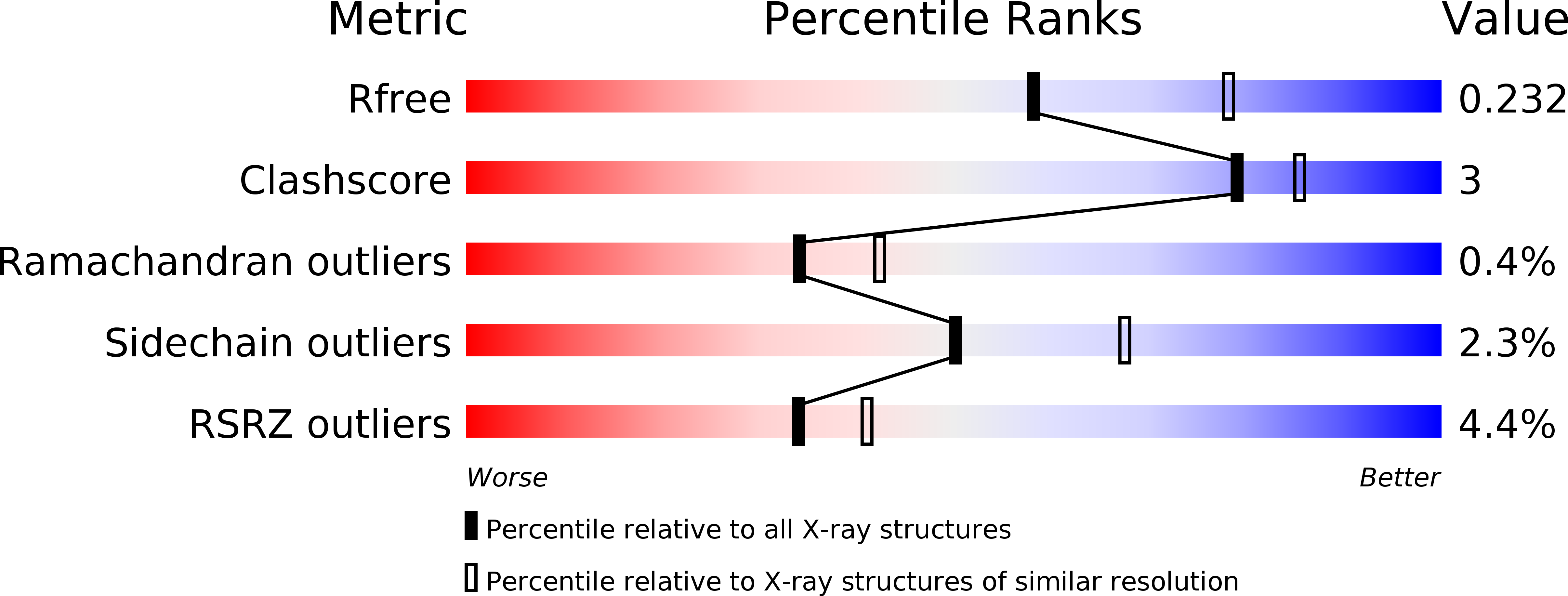
Deposition Date
2012-12-13
Release Date
2013-04-10
Last Version Date
2024-10-16
Entry Detail
PDB ID:
4IEF
Keywords:
Title:
Complex of Porphyromonas gingivalis RgpB pro- and mature domains
Biological Source:
Source Organism:
Porphyromonas gingivalis (Taxon ID: 242619)
Host Organism:
Method Details:
Experimental Method:
Resolution:
2.30 Å
R-Value Free:
0.22
R-Value Work:
0.18
R-Value Observed:
0.19
Space Group:
P 1 21 1


